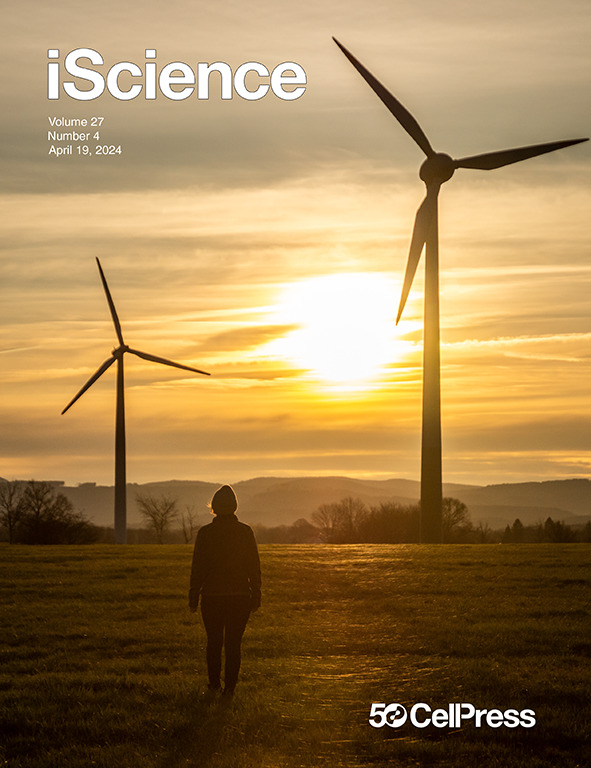Cellular heterogeneity and patterning strategies as revealed by upper respiratory epithelium single cell atlas
IF 4.1
2区 综合性期刊
Q1 MULTIDISCIPLINARY SCIENCES
引用次数: 0
Abstract
The upper respiratory tract, spanning the pharyngolaryngeal to tracheobronchial regions, enables breathing, vocalization, and frontline defense against airborne insults. We generated a cellular and molecular atlas of the mouse upper respiratory epithelium from pharynx/larynx to tracheobronchial carina by combining single-cell RNA sequencing with spatial validation. Our analysis revealed 18 epithelial cell types, organized into three spatially distinct compartments: Tmprss11a+ pharyngolaryngeal, Nkx2-1+ tracheobronchial, and Dmbt1+ submucosal glands. Stratified squamous pharyngolaryngeal zones displayed extensive and region-specific Keratin codes. Within the pseudostratified tracheobronchial epithelium, diverse luminal cells, including multiple varieties of club cells, exhibit marker-expression gradients along the proximal–distal axes. Lastly, analysis of the submucosal gland epithelium —which contains various cell types, including distinctive myoepithelial cells— revealed extensive diversity both among and within its cellular populations. This spatially resolved transcriptomic atlas elucidates how epithelial identity varies along the upper respiratory axes and will guide investigations into cellular dynamics in health and disease.

上呼吸道上皮单细胞图谱揭示的细胞异质性和模式策略
上呼吸道横跨咽部到气管支气管区域,使呼吸、发声和对空气中侮辱的前线防御成为可能。我们通过单细胞RNA测序和空间验证相结合,生成了从咽部到气管支气管隆突的小鼠上呼吸道上皮细胞和分子图谱。我们的分析揭示了18种上皮细胞类型,它们在空间上分为三个不同的区室:Tmprss11a+咽喉腺、Nkx2-1+气管支气管和Dmbt1+粘膜下腺。分层鳞状咽区显示广泛和区域特异性角蛋白编码。在假层状气管支气管上皮内,多种管腔细胞,包括多种球杆细胞,沿近端至远端轴表现出标记物表达梯度。最后,对粘膜下腺上皮(包含多种细胞类型,包括独特的肌上皮细胞)的分析揭示了其细胞群之间和内部的广泛多样性。这个空间解析的转录组图谱阐明了上皮身份如何沿着上呼吸道轴变化,并将指导健康和疾病中的细胞动力学研究。
本文章由计算机程序翻译,如有差异,请以英文原文为准。
求助全文
约1分钟内获得全文
求助全文
来源期刊

iScience
Multidisciplinary-Multidisciplinary
CiteScore
7.20
自引率
1.70%
发文量
1972
审稿时长
6 weeks
期刊介绍:
Science has many big remaining questions. To address them, we will need to work collaboratively and across disciplines. The goal of iScience is to help fuel that type of interdisciplinary thinking. iScience is a new open-access journal from Cell Press that provides a platform for original research in the life, physical, and earth sciences. The primary criterion for publication in iScience is a significant contribution to a relevant field combined with robust results and underlying methodology. The advances appearing in iScience include both fundamental and applied investigations across this interdisciplinary range of topic areas. To support transparency in scientific investigation, we are happy to consider replication studies and papers that describe negative results.
We know you want your work to be published quickly and to be widely visible within your community and beyond. With the strong international reputation of Cell Press behind it, publication in iScience will help your work garner the attention and recognition it merits. Like all Cell Press journals, iScience prioritizes rapid publication. Our editorial team pays special attention to high-quality author service and to efficient, clear-cut decisions based on the information available within the manuscript. iScience taps into the expertise across Cell Press journals and selected partners to inform our editorial decisions and help publish your science in a timely and seamless way.
 求助内容:
求助内容: 应助结果提醒方式:
应助结果提醒方式:


